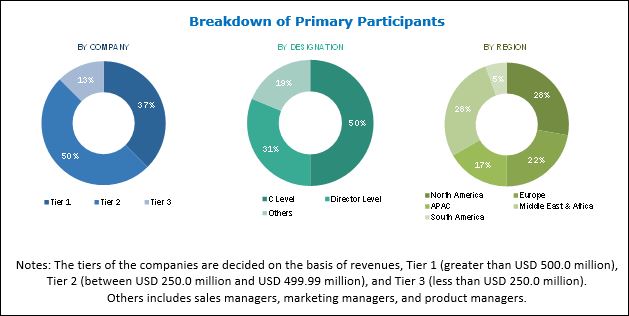The global surfactants market is primarily dominated by chemical surfactants derived from oleochemical or petrochemical sources. However, due to the rising concerns about for the safety of the environment and human health, governments and surfactant manufacturers are majorly focusing on shifting to renewable and sustainable products in every application. This has led to high demand for biologically derived products that pose a negligible threat to the environment as compared to the conventional petroleum-derived products that are toxic in nature and bio-accumulate in the marine environment. These types of surfactants are considered eco-friendly raw materials due to their high level of safety and biodegradability. The manufacturers are, therefore, keen to adapt to this changing trend of utilizing green solutions in their products.
Download PDF Brochure: https://www.marketsandmarkets.com/pdfdownloadNew.asp?id=239519688
The global anionic surfactants market was USD 15.91 billion in 2016 and is projected to reach USD 20.10 billion by 2022, at a CAGR of 4.2% during the forecast period. Anionic surfactants are surface active agents with an amphiphilic anion and a cation that is most commonly an alkaline metal. LAS is the most widely used anionic surfactant as an active agent in detergents for home care applications. They are used in applications as foaming, wetting, and cleaning agents, among others. The major applications of anionic surfactants include home care, personal care, and construction, among others.
The different types of anionic surfactants are linear alkylbenzene sulfonate, lignosulfonate, alcohol ether sulfates/fatty alcohol sulfates, alkyl sulfates/ether sulfates, sarcosinates, alpha olefin sulfonates, phosphate esters, alkyl naphthalene sulfonates, and others. The anionic surfactants market is expected to grow at a steady rate during the forecast period. This is due to their wider application range, easy availability, and lower cost than other surfactants. Anionic surfactants are widely used in cleaning and related products such as detergents, soaps, cleaners, shampoos, and hand washes. These are among the largest application areas of surfactants due to which the anionic surfactants account for the majority share of the overall surfactants market.
Asia Pacific was the largest anionic surfactants market. The demand for anionic surfactants is dependent on their use in industries such as soaps & detergents and personal care products which contribute to more than 50% of its global demand. Companies are investing more on R&D to find out applications of surfactants in unconventional industry segments (petroleum industry, textile industry, paper & pulp industry, healthcare industry, and others) to increase their scope and demand. The anionic surfactants market in the Middle East & Africa is projected to register the highest growth. The factors contributing to this are the increase in the demand from the developing countries because of the increased industrialization. In the Middle East, the oil & gas industry is expected to continue to grow owing to the presence of vast reserves of crude oil and development of technologies for enhanced oil recovery. The industry will witness growth because of significant investments in re-exploring oil & gas and exploring new reserves.
The global anionic surfactants market has a large number of market players; however, the market is led by some major players, such as AkzoNobel (Netherlands), BASF (Germany), Clariant (Switzerland), DowDuPont (US), Evonik (Germany), Croda International (US), Stepan Company (US), Huntsman (US), Kao Corporation (Japan), and Galaxy Surfactants (India), among others.
Request for Sample Report: https://www.marketsandmarkets.com/requestsampleNew.asp?id=239519688



